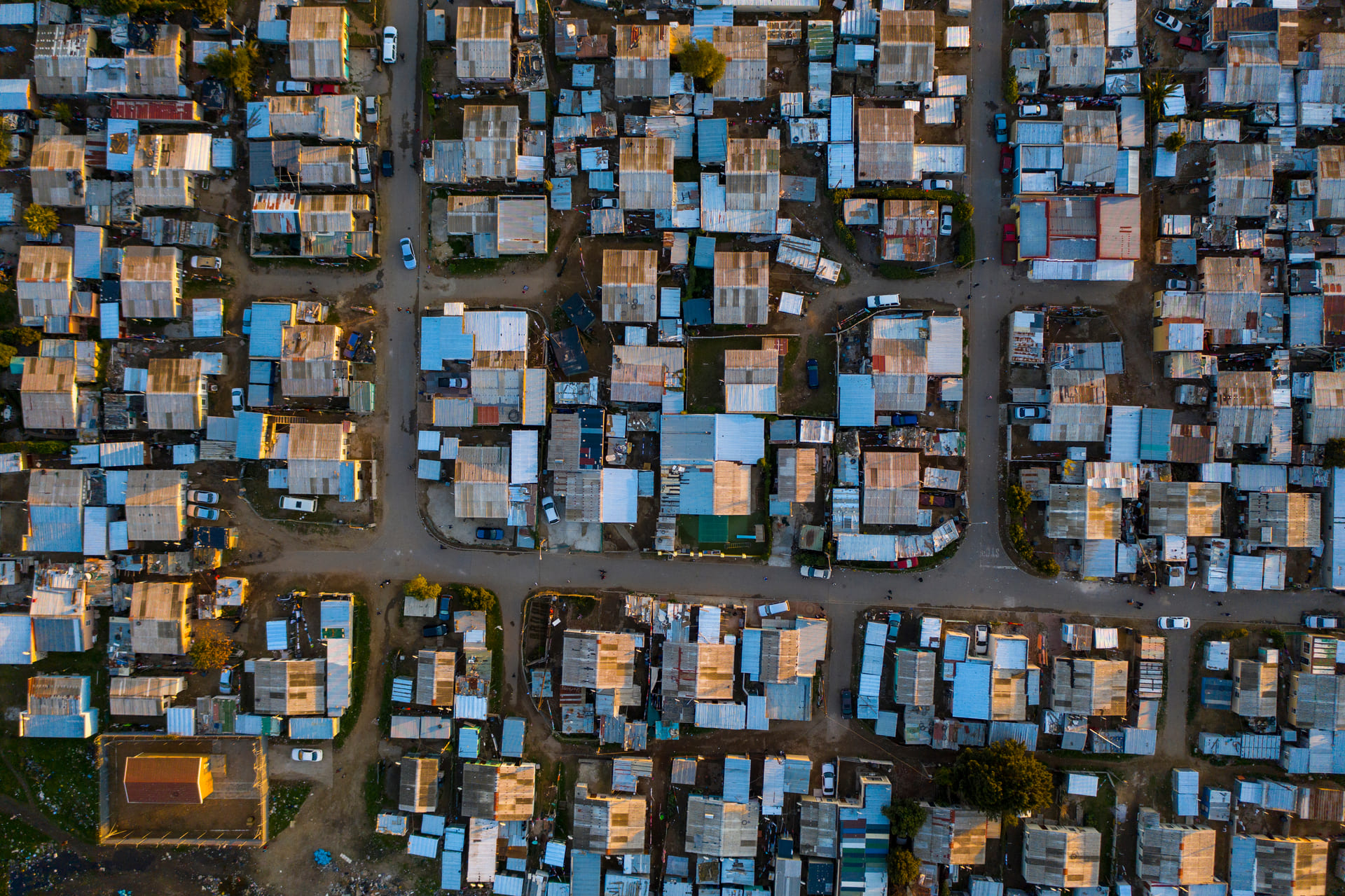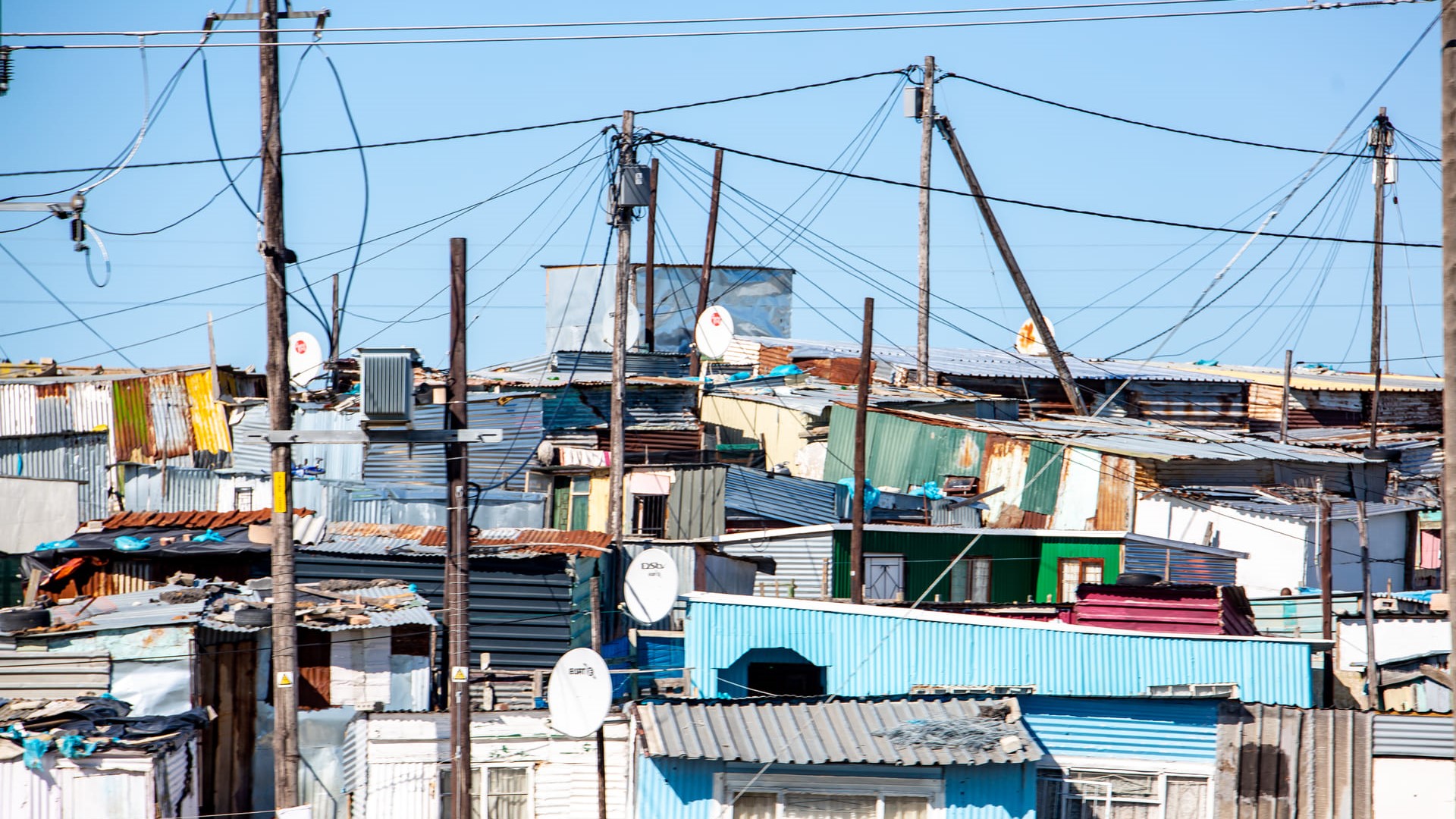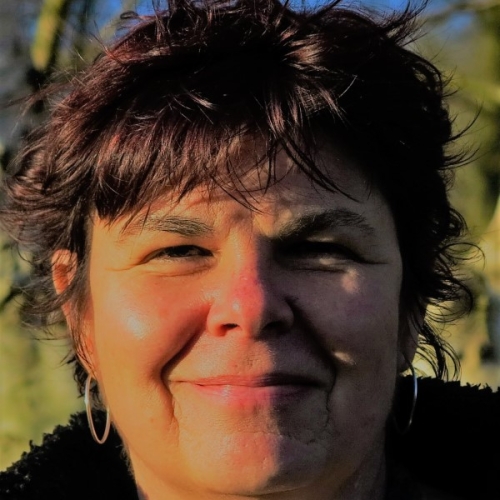Reduction of inequality in the sub-Saharan region
Inequality in Southern Africa is largely influenced by historical factors and the shift from traditional to modern building materials. Addressing this through the integration of traditional architectural practices can promote a more equitable and sustainable environment.

Historical inequality reflected in Southern Africa's built environment
Southern Africa is marked by a significant discrepancy between poverty and wealth, as well as social inequality. Much of this is the result of historical processes and the inequality is reflected in the built environment. The divide has manifested in a rapid move away from traditional and indigenous architectural vernaculars and their material textures. Since 1994, most of society has been building with materials that are intrinsically prestigious, such as fired clay brick or concrete block, clay roof tiles and corrugated sheeting instead of earth, timber, stone and straw thatch. While thatch itself is an increasingly scarce resource, these other traditional materials have become significantly less popular and are negatively associated with rural areas and poverty.

Overcapitalisation is increasing the gap between rich and poor
Architecturally, the demonstrable departure from historical building forms and their derivative vernaculars is resulting in new aesthetic combinations derived from architectural styles that are irrelevant to the local context. For example, Tuscan and Balinese hybrids have become popular in upper-income residential developments. These buildings demand different types of spaces that impact directly on relevance to climate and affordability. They increase the gap between rich and poor by exacerbating overcapitalisation, which is implicit in the development of what could be called a new hybrid vernacular. They are also minimising the relevance of cultural origins and limiting any real climatic response.
Significantly, my research shows that these styles are not restricted to local pockets, but are present at national level, pointing very firmly to the production of an equitable and decolonised built environment, in which the African lens of prosperity and success moves into bricks and mortar.
Broader understanding of the built environment
Whilst poverty eradication is a complex challenge particularly in a post-COVID society, the evidence of these homesteads reveals a very different narrative from that of the national trope which perpetuates agency through top-down delivery, rather than from below. For the closely looming 2030, the evidence suggests that the recent levelling of the fiscus through creation of a new, black middle class with access to good incomes, which trickle down through systems of “black tax”, as well as the broadened access to public monies through more nefarious systems, such as corruption, are quietly and systematically beginning to achieve the goal at a grassroots level, rather than through a nationally driven poverty alleviation programme.
Thus, in order to reduce such inequality, perhaps a broader understanding of the architectural and material components of traditional and vernacular architectures, both indigenous and imported, can assist. This would mean that both self-built and government-provided housing would be more relevant and architecturally sustainable, and simultaneously demonstrate authentic responses to climate.
Industrial sectors
- Electricity, gas, steam and air conditioning supply
- Water supply; sewerage, waste management and remediation activities
- Transportation and storage
- Financial and insurance activities
- Administrative and support service activities
- Public administration and defence; compulsory social security
- Education
- Human health and social work activities
Habitat at the New European Bauhaus Festival and the STI Forum
This story is part of “Habitat: Embracing change in the post-2030 future”. Habitat was discussed at the side event “New habitats for the post-2030 future” during the New European Bauhaus Festival on 10 June 2022. At the STI Forum of 2023, a science policy brief recommendation on Habitat was published under the category “science-policy-society interface”: Enablers for transformative change to sustain people and nature-centred world. Download recommendation >
Contribution to story
This is “HABITAT: Embracing Change in the Post 2030 Future” Exhibition designed and curated by Dr Sandra Piesik, 3 ideas B.V in collaboration with HABITAT Coalition and VITO
Copy editing by Katleen Vandormael, Communication Manager G-STIC, VITO
- Cover image: Aerial view of a township near Cape Town © Ahturner
“HABITAT: Vernacular Architecture for a Changing Planet” published by Thames & Hudson
“HABITAT: Vernacular Architecture for a Changing Planet” published by Abrams
“Habitat: Traditionelle Bauweisen für den globalen Wandel” published by DETAIL Special
“Habiter la planète: Atlas mondial de l'architecture vernaculaire” published by Flammarion First Prize Winner at “J’aime le livre d’art”, Paris 2017
“HABITAT: Arquitectura vernácula para un planeta cambiante” published by Blume
“HABITAT: Vernacular Architecture for a Changing Climate’ published by Thames & Hudson UK, USA, and Shufuhsa
